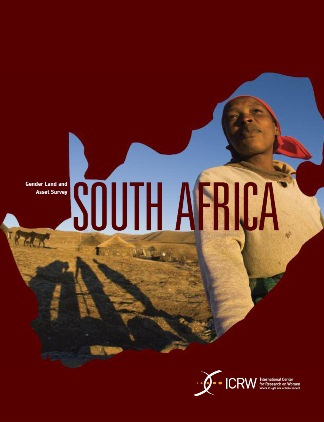Gender, Land, and Livelihoods in East Africa
In rural Africa and the Middle East, many ecosystems are on the verge of collapse. The interplay of social, ecological, and political-economic forces has compromised the ability of farmers to sustain their precious soil. As a result, farmers, and especially women farmers, face a constant daily struggle to survive.












